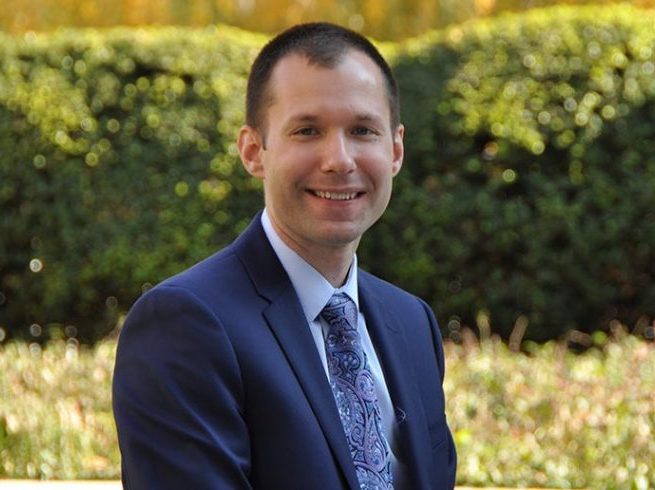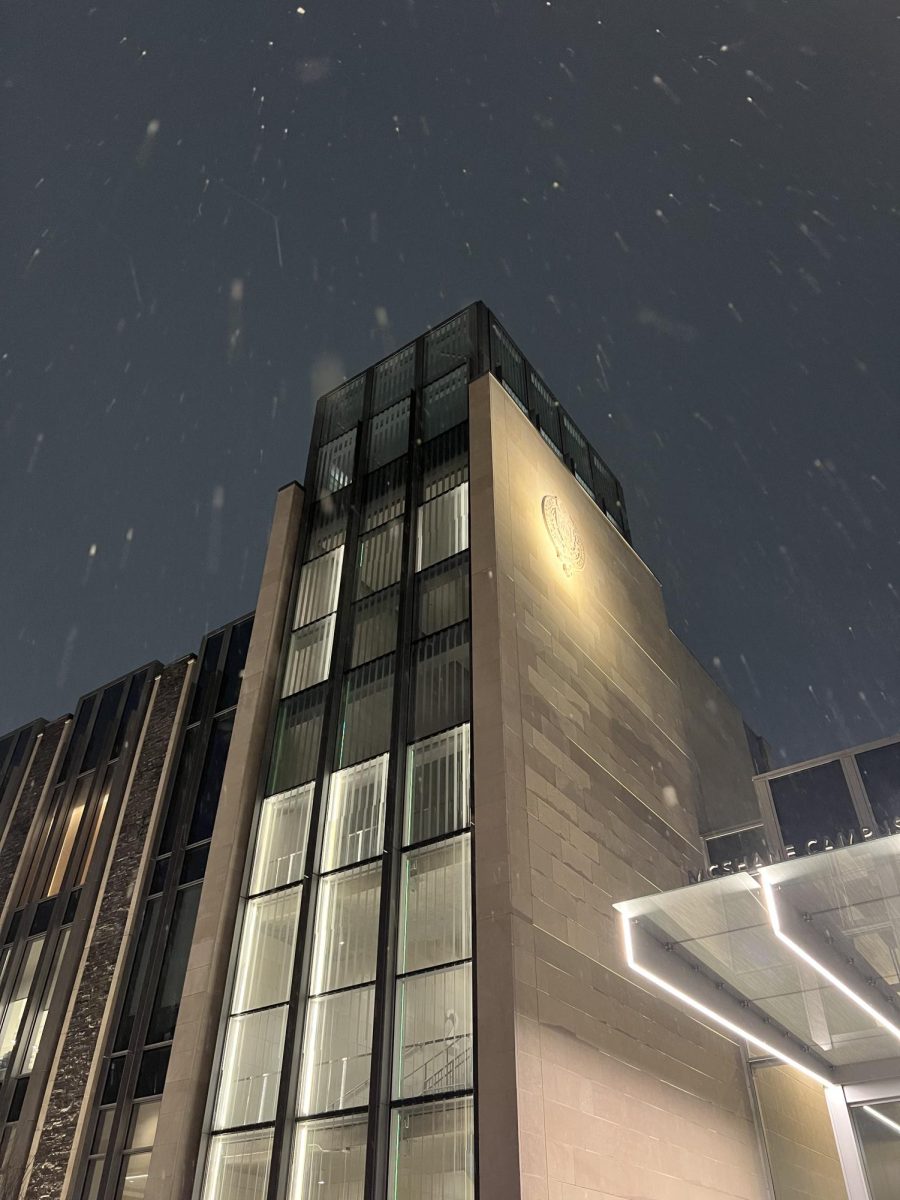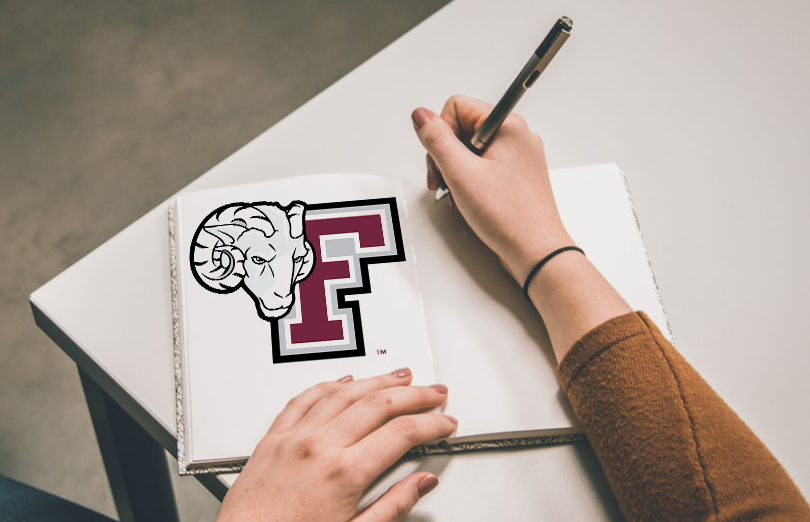Gabriel Roman, FCRH ’25, is a mathematics major conducting research with Dr. Christopher Koenigsmann. He describes his project as “using novel techniques to improve the affordability and cost of transition metal nanowire catalysts for use in fuel cells.” While this technology is not new, Roman seeks to develop current techniques in order to make positive breakthroughs in the renewable energy sector. He was inspired to carry out this research because of “a desire to help improve the field of renewable and green energy.”
Roman and his team expected that a combination of materials — cobalt and platinum — would be more effective than platinum alone, when it came to constructing nanowires. Their hypothesis was that “doping cobalt nanowires with small amounts of platinum would enable comparable or increased performance at a fraction of the cost versus pure platinum nanowires.” Not only did they anticipate better results with a mixture of metals, they were determined to develop a more cost effective method for use in fuel cells. This, they hope, will prompt more general usage of fuel cells and make an impact on saving the planet.
In the John Mulcahey Hall laboratories, Roman and his colleagues synthesized pure cobalt nanowires. This was done using the U-tube method, where “a solution of reducing agent and a solution of cobalt ions are poured on either side of a set of glass tubes with nanopore filter membrane in between.”
Within these pores are a sort of reaction chamber where the cobalt ions are reduced to cobalt metal. The next step is to dissolve the templates with an organic solvent, revealing the cobalt wires. The wires are then doped with platinum and tested with an instrument called a potentiostat. Performance testing is an important part of the process, and is done at oxygen evolution and oxygen reduction, and also using a base cyclic voltammogram.
These methods were unfortunately difficult to reproduce, and did not generate results that indicated increased performance. This has spurred an investigation of other methods, in the hopes that progress will be made in the field and some conclusions can be published. Roman said that “this is part of an ongoing project on renewable energy research.”
This project connects closely to Roman’s professional goals, as he hopes to work “in the field of renewable energy and the financing of renewable energy projects.” His favorite part was working on a team.
“My mentor provided the expertise and knowledge,” he said, “and also provided potential ideas that myself and my lab partners, Gesilda Noka and Ken Haesslein, tested and analyzed.”
Being able to develop new techniques, discuss results, and speculate about potential causes was an exciting process for Roman.
“Although most of the development process happens via my mentor I do play a role in decisions which is wonderful,” he said.
Throughout this project, Roman learned from his mentor and from his peers, and looks forward to taking this knowledge and experience with him into the future.













































































































































































































